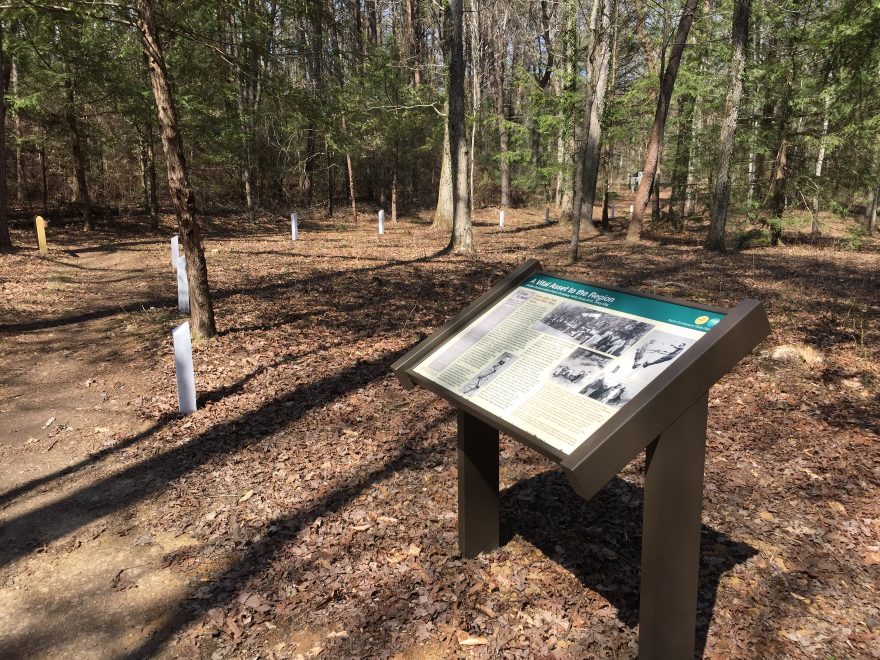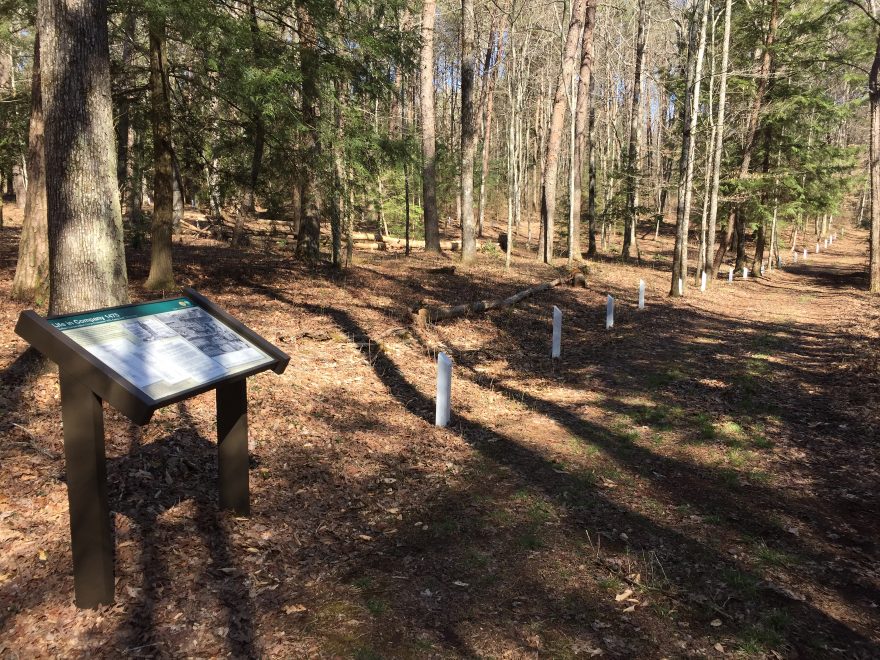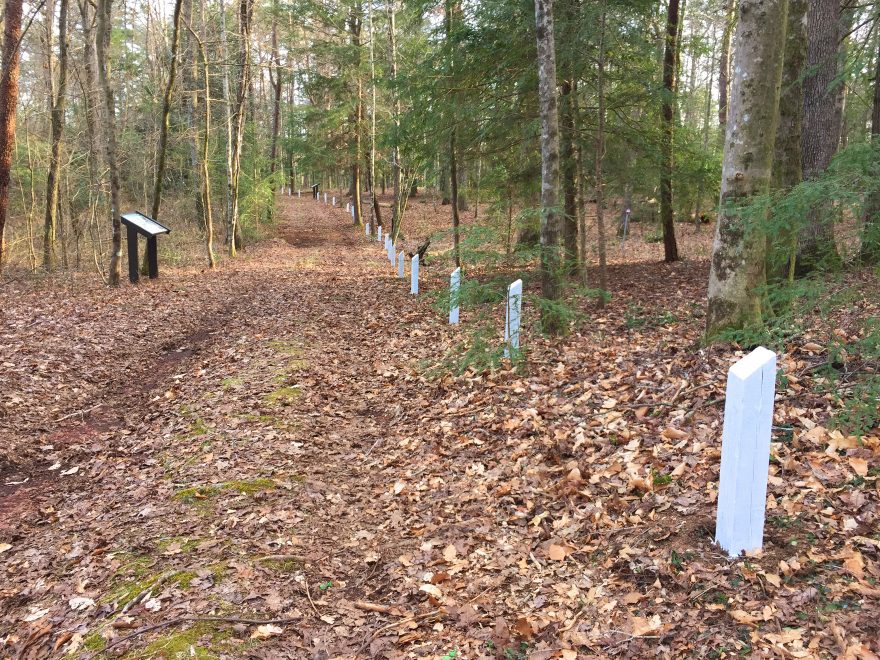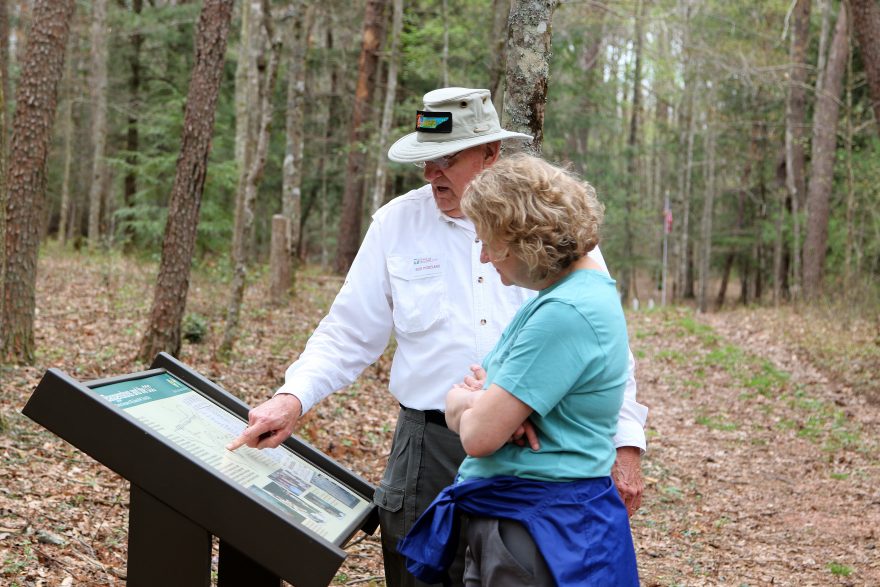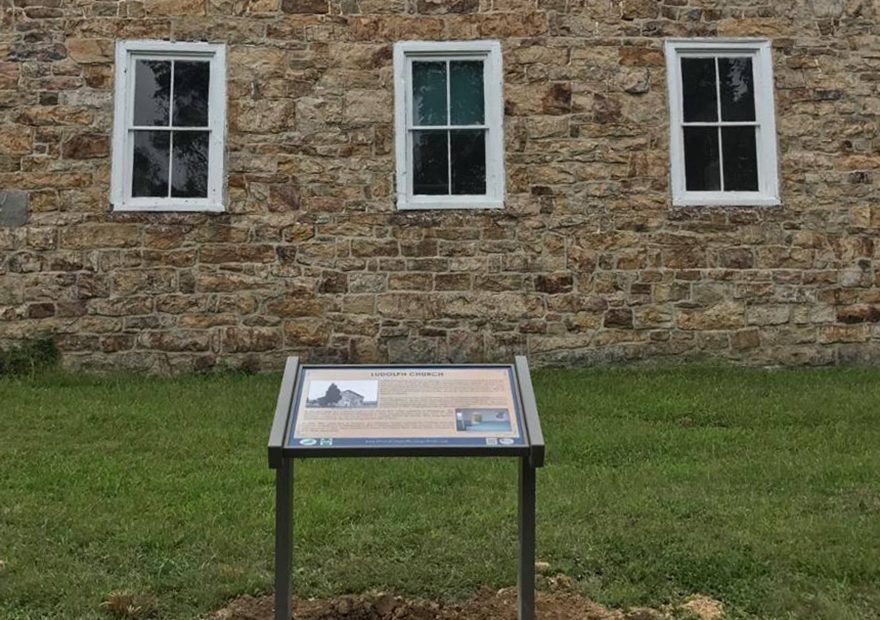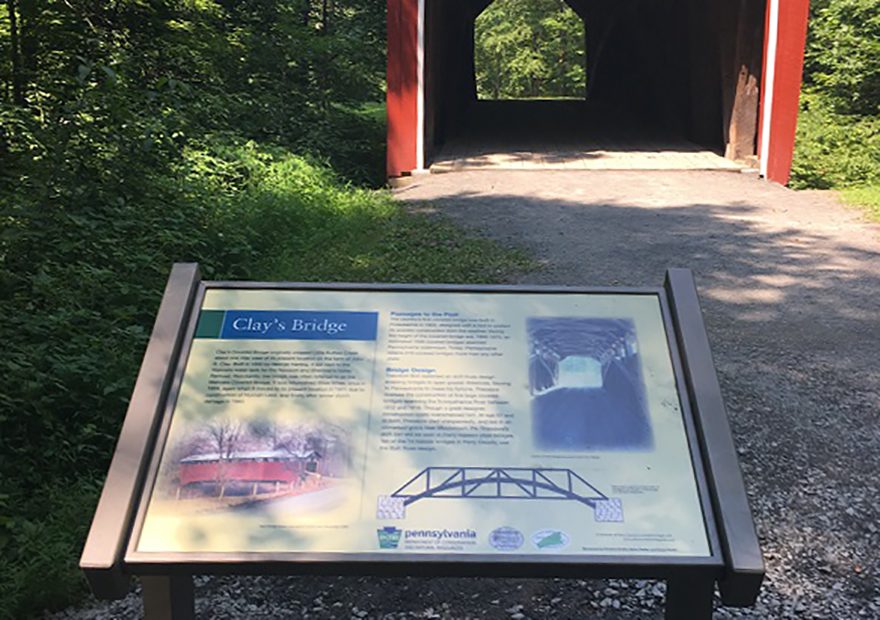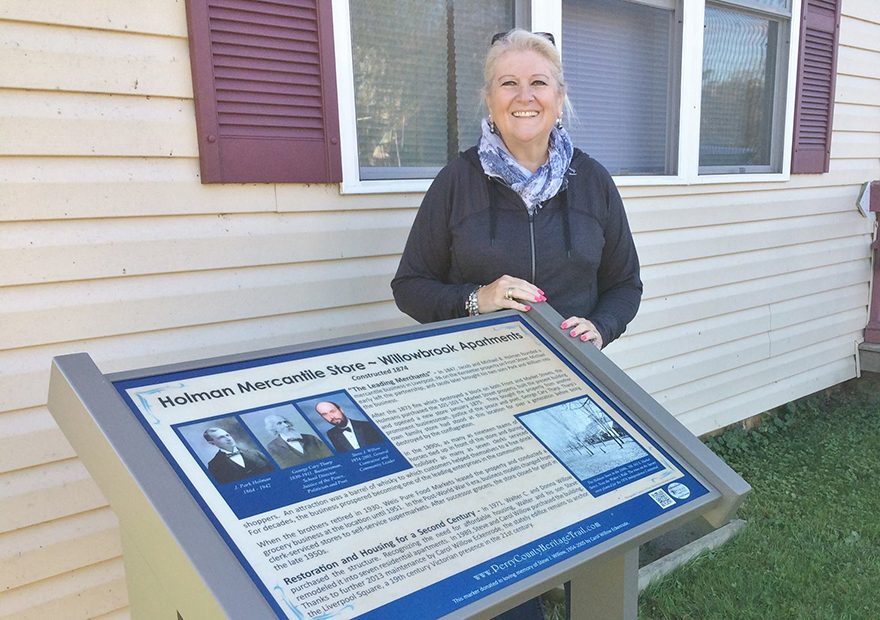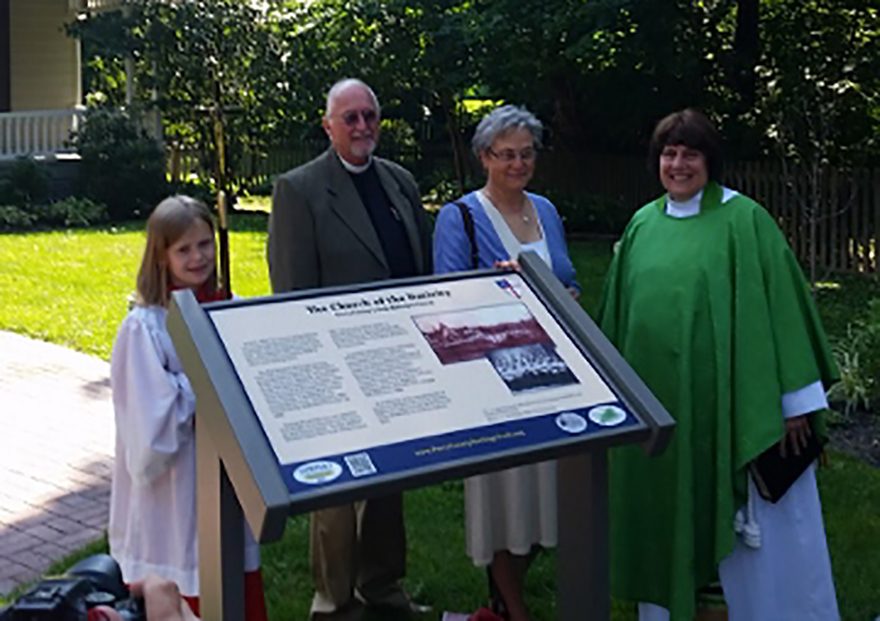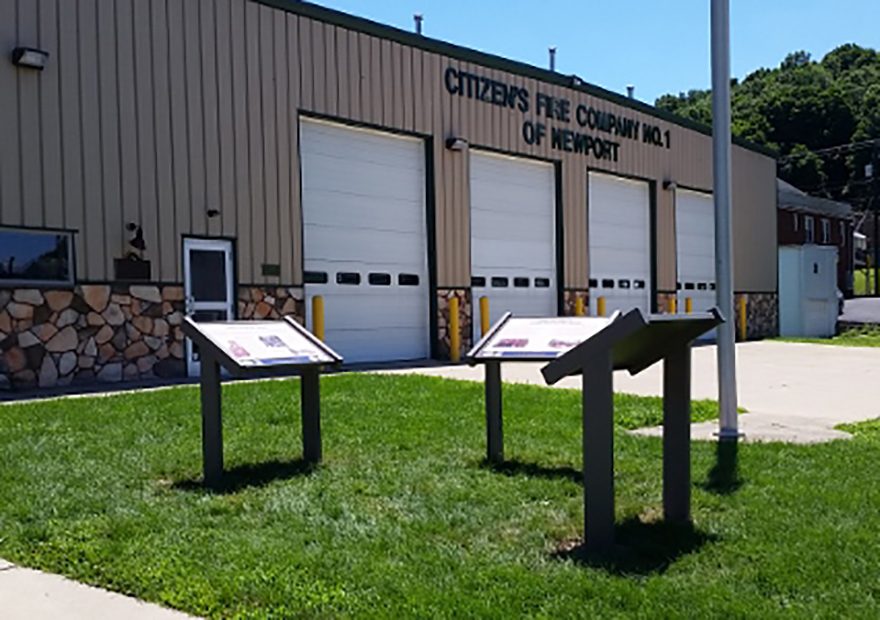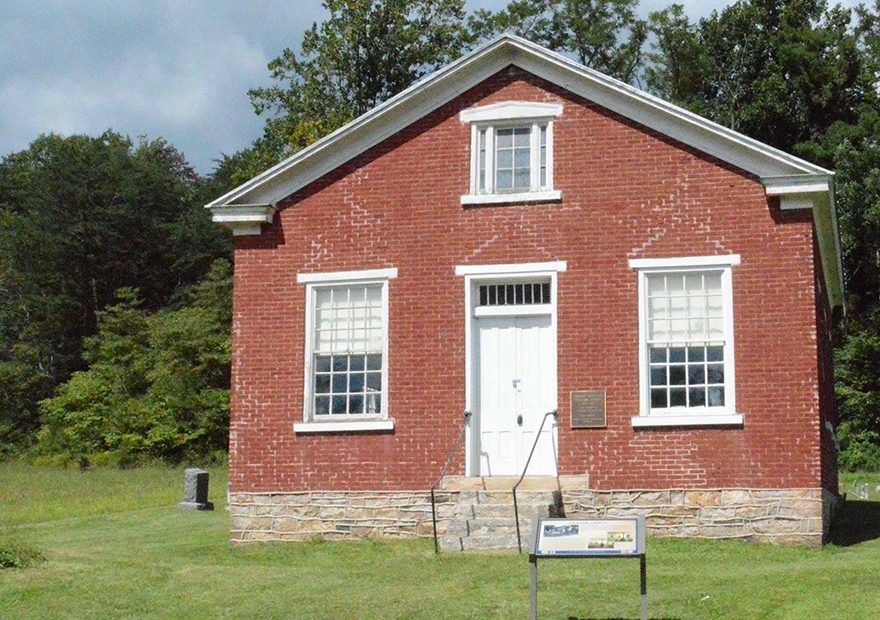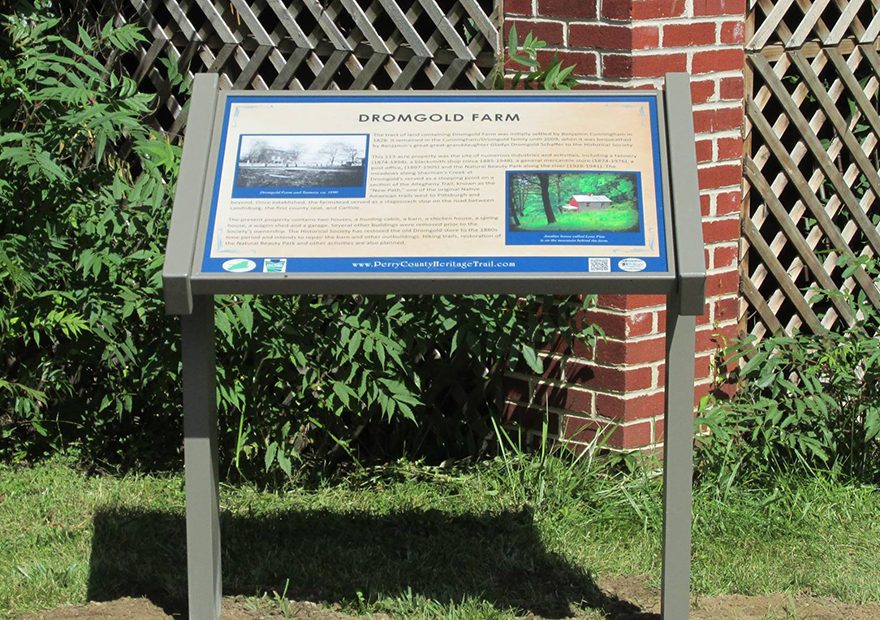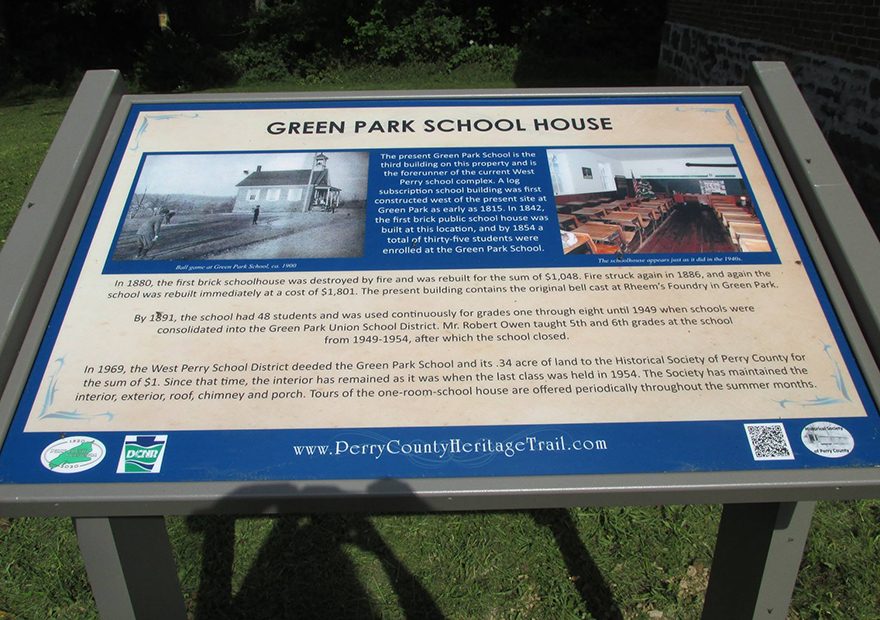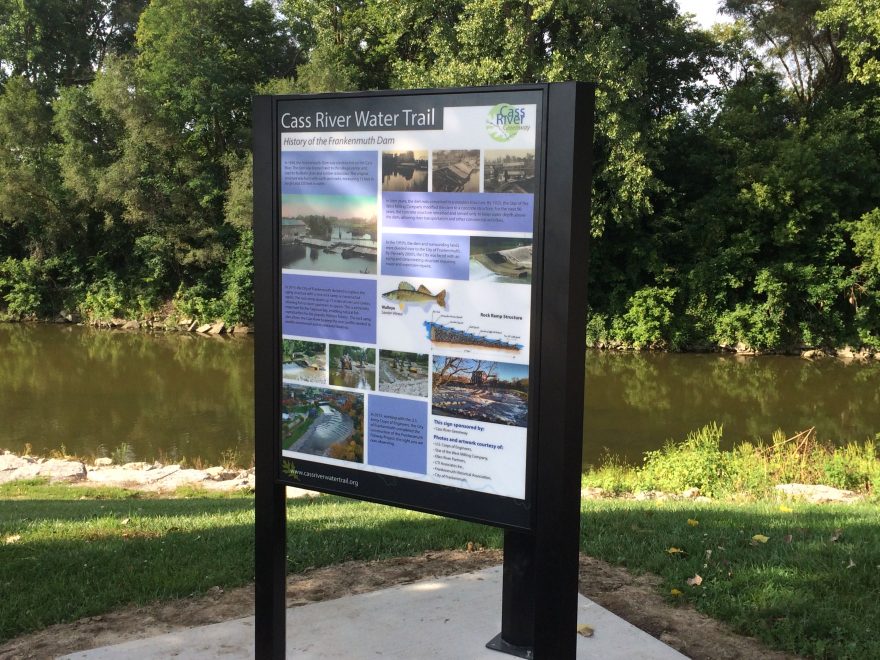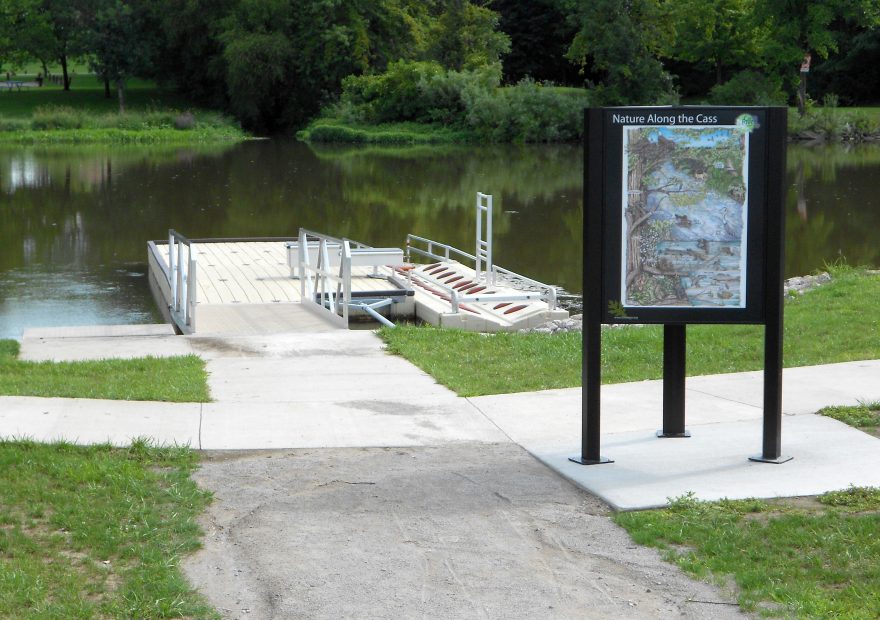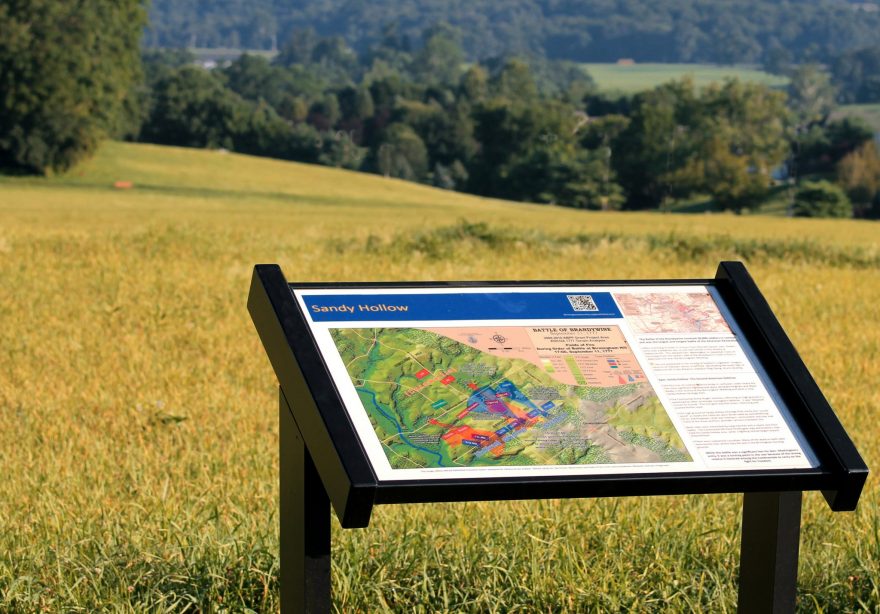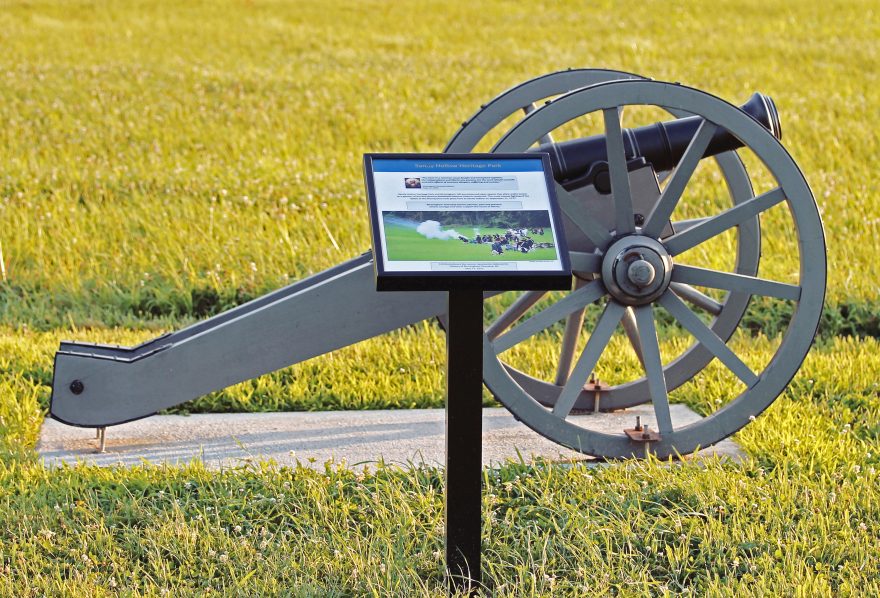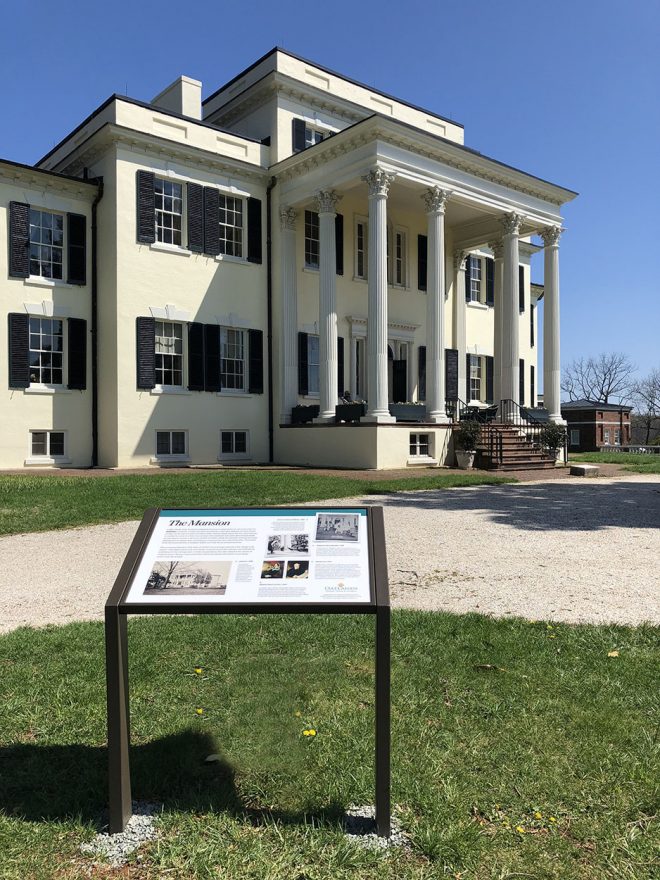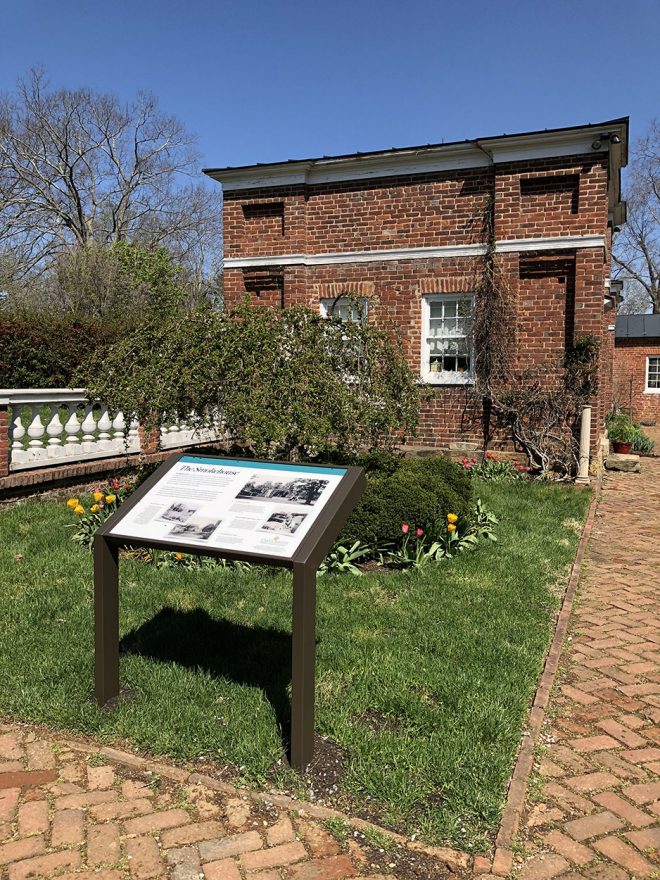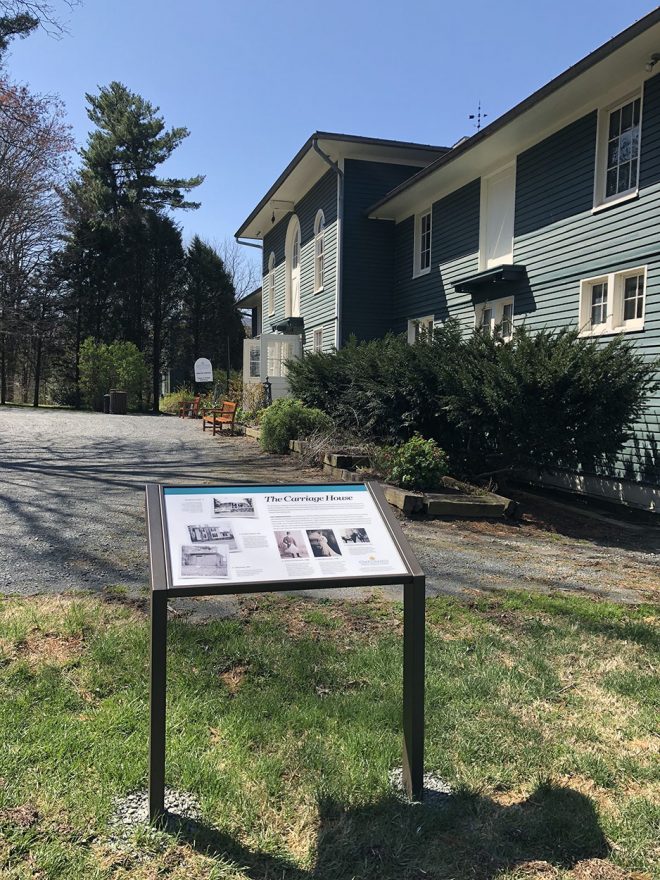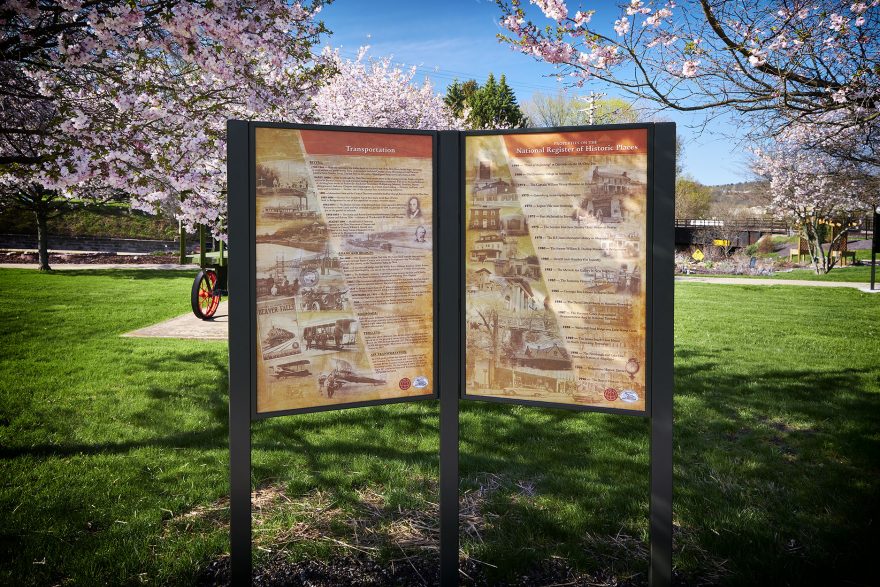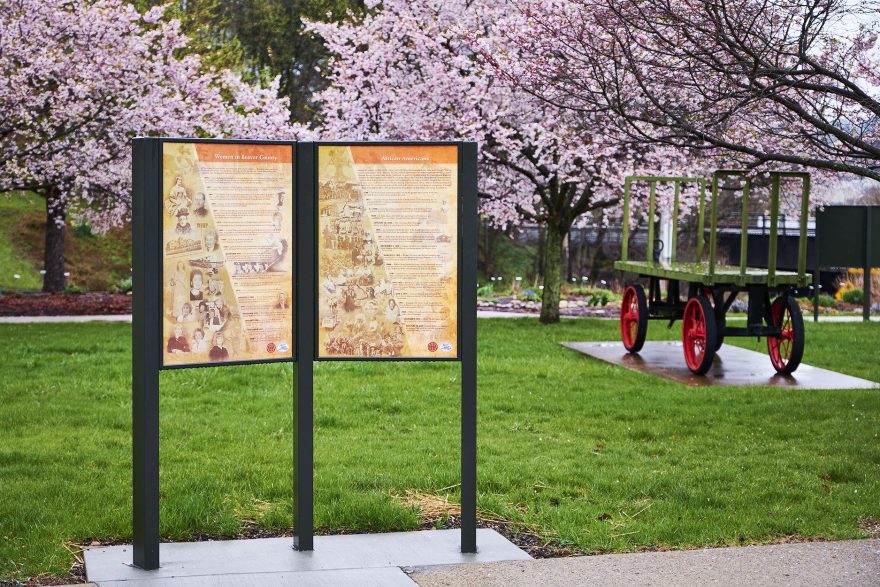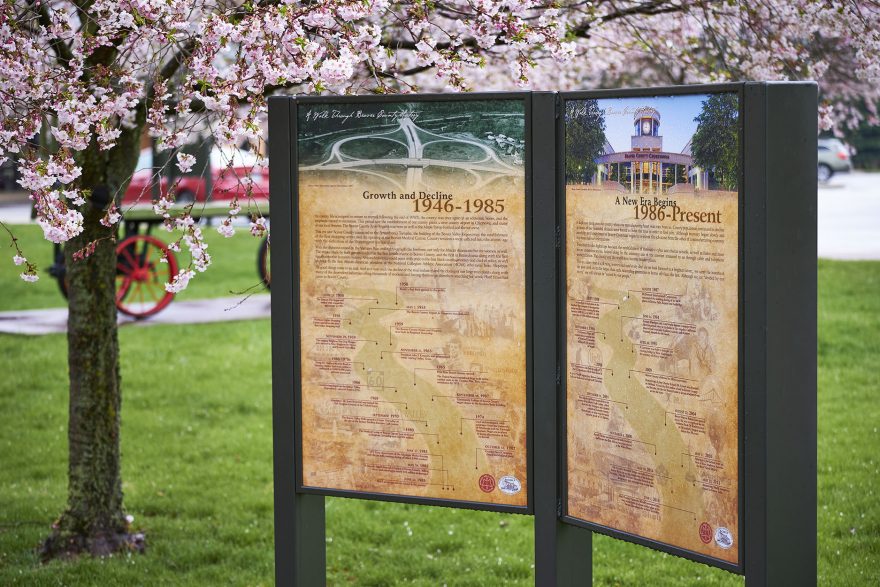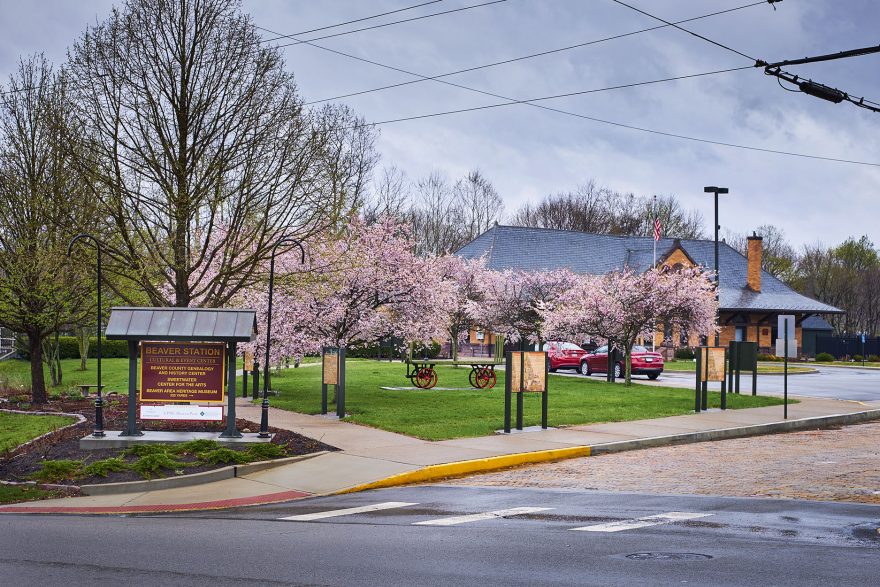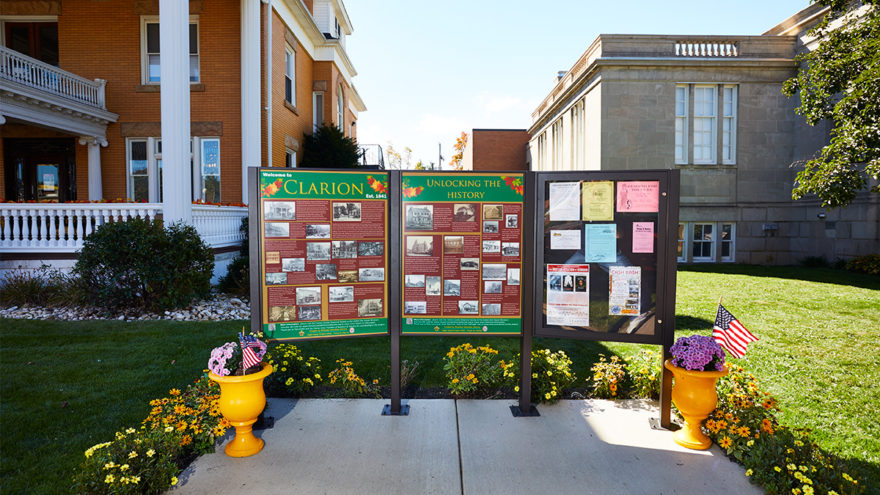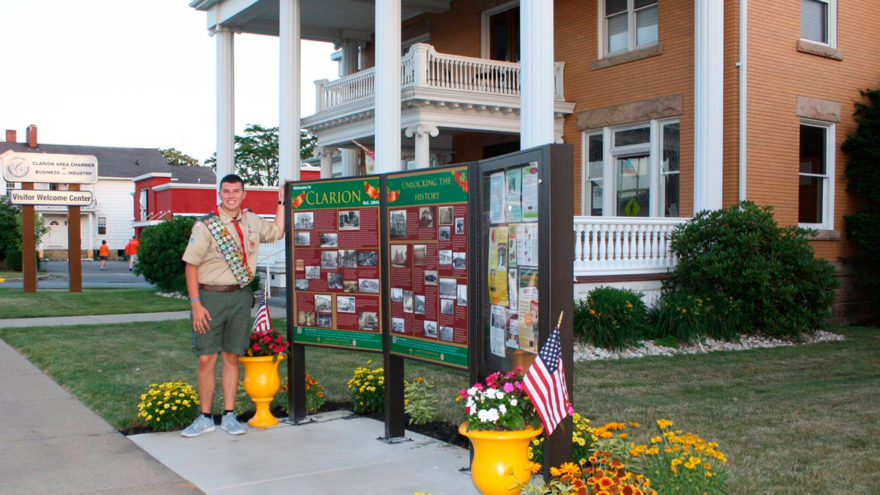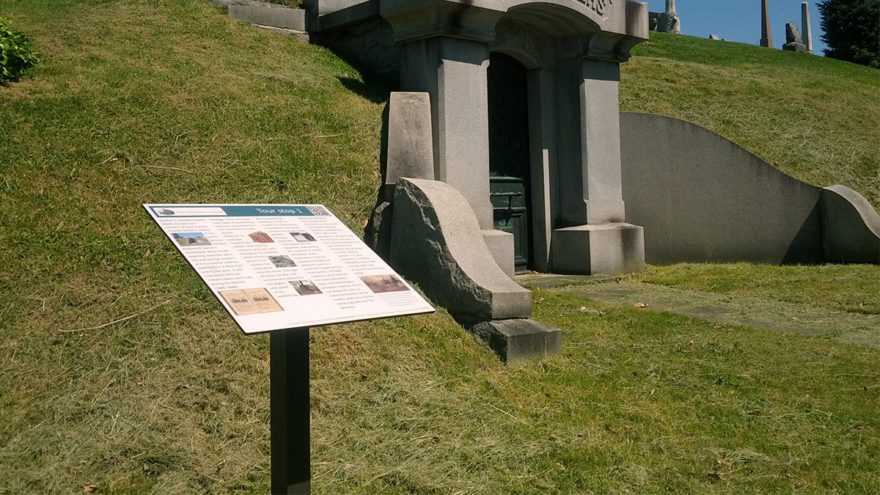The City of Lancaster is one of the largest historic districts in the country, according to the National Register of Historic Places. The African American Historical Society of South Central Pennsylvania has initiated a program to educate visitors on the history of the area. Approximately 25 historical sites, people and events have been identified for interpretive outdoor panels and exhibit bases.
Retelling History Through Interpretive Signage
Tennessee’s largest state park, South Cumberland State Park, consumes nearly 31,000 acres of deeply-forested, rugged and breathtaking landscape; defined by the environmentally-unique escarpments and canyons of the Cumberland Plateau. Located between Nashville and Chattanooga, the park contains a dozen major waterfalls and nearly 100 miles of wilderness hiking trails. Also found in the large state park, is the site of a Civilian Conservation Corps camp.
“Lasting Legacy” Interpretive Exhibits in Perry County, Pennsylvania
By the year 2020, over 100 National Park Service style historical exhibits will be installed throughout Perry County. The Perry County Bicentennial Committee decided to begin the project several years ago, for the anniversary of Perry County’s legal establishment. Numerous interpretive panels have already been designed, manufactured, and installed through the county. Over 25 exhibits will be placed at Bicentennial Plaza, at the Lynn Sheaffer Dum Memorial Park.
Outdoor Signage Accompanies New River Access in Frankenmuth, Michigan
Organized in 2007, the Cass River Greenway initiative has a goal to boost recreational opportunities and promote environmental well-being of the Cass River Corridor in Frankenmuth, Michigan. In the decade since its inception, the Cass River Greenway has worked with municipalities to provide public access points and increase awareness of the river. As part of the change, volunteers have worked with Pannier to produce Fiberglass Embedded (FE) panels and upright triangular exhibit bases to better orient and educate locals and tourists alike.
The Battle of Brandywine told through Historical Signage in Birmingham Township, Pennsylvania
Birmingham Township in Chester County, Pennsylvania, is packed with history. The township, which only covers an area of about six square miles, is home to the largest and longest land battle of the American Revolutionary War; The Battle of Brandywine. Over the last six years, Pannier has had the honor to partner with the township to create historical markers for two major battlefields that play an important role in America’s history.
Preserving History through Interpretive Signage in Leesburg, Virginia
Home to beautiful landscapes and stunning architecture, Oatlands Historic House & Gardens in Leesburg, Virginia was once a thriving plantation. Inherited by a descendant of one of Virginia’s first families in 1798, Oatlands is now one of the most prominent landmarks in the country and a site of the National Trust for Historic Preservation. As part of an initiative to revamp the property’s interpretation, Pannier was selected to manufacture ten Fiberglass Embedded (FE) panels paired with cantilevered exhibit bases.
Interpretive Panels Tell the History of Beaver County, Pennsylvania
When the Beaver Area Heritage Foundation set out to transform the 1897 Pittsburgh and Lake Erie Railroad passenger station, they hoped to include an educational display of Beaver County. The idea, which was conceived in 2012, has been realized in the form of 22 Fiberglass Embedded (FE) panels and upright exhibit bases manufactured by Pannier.
Creating Interpretive and Historical Signage in His Hometown
During a family vacation to Washington DC last summer, Clarion Area High School sophomore, Nick Cherico became intrigued by all of the historical and interpretive signage. He enjoyed reading every panel and learning about our nation’s history. He decided that this could be his Eagle Scout project – interpretive and historical signage in his home town.
Cortland Rural Cemetery
Located on 44 acres in Cortland, NY sits the 162-year-old Cortland Rural Cemetery. The cemetery was established in 1853 and is home to over 19,000 graves. There are also multiple historic building on the grounds.
In the summer of 2015, the cemetery opened a “cemetrail” that features 20 interpretive signs throughout the grounds as well as tree markers. The self-guided tour provides educational insights on some of the cemetery’s noteworthy burials, history and operations. The signs were developed in cooperation with the students and faculty from SUNY Cortland.
Crawford County Historical Society
The Historical Society of Crawford County was formed September 23, 1940 by Mrs. O.P. Dellinger. Dellinger was the State Historian for the Daughters of the American Revolution and was urged by the Kansas State Historical Society to organize a County Historical Society.

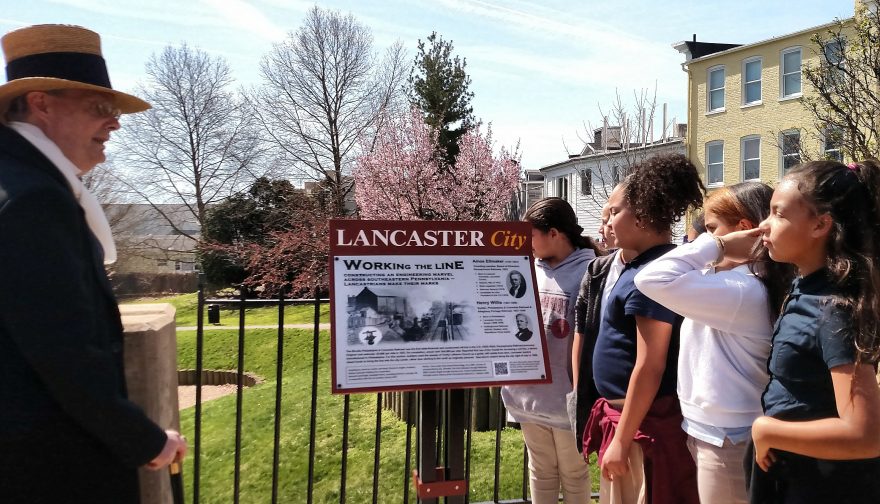
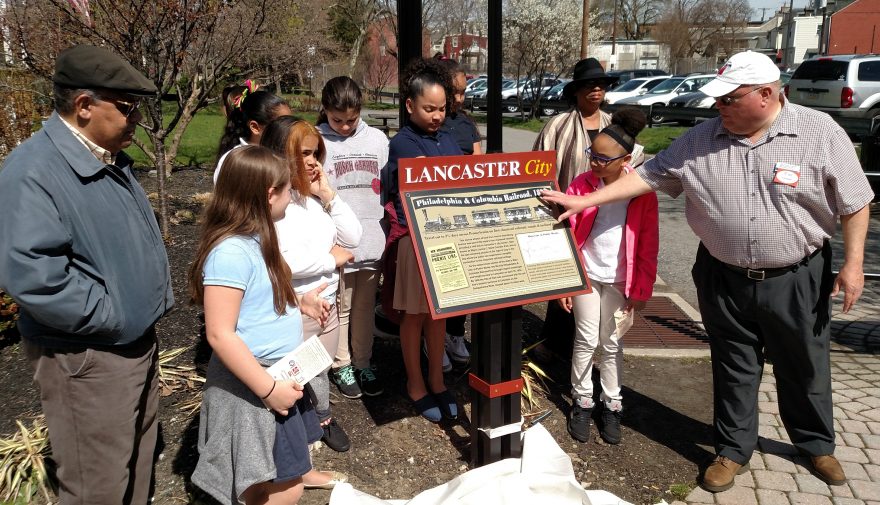
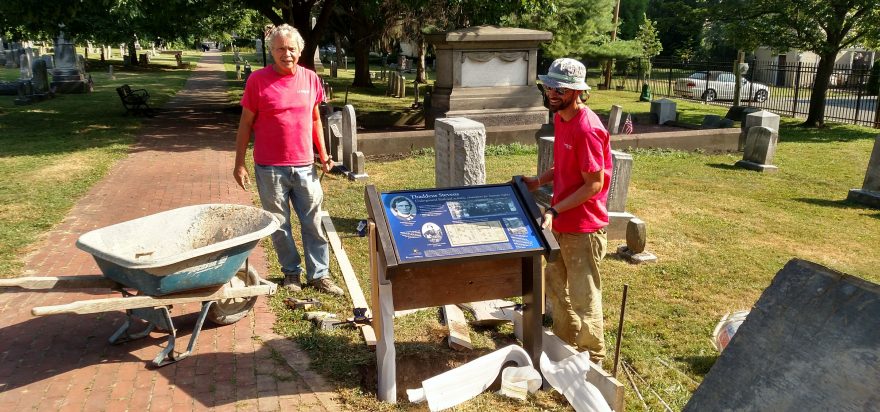
![IMG_20190516_115008832_HDR[4] (1) copy](https://panniergraphics.com/wp-content/uploads/2019/08/IMG_20190516_115008832_HDR4-1-copy-e1565278092774-880x583.jpg)
